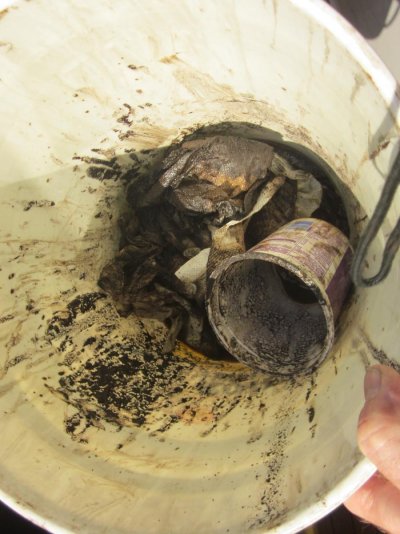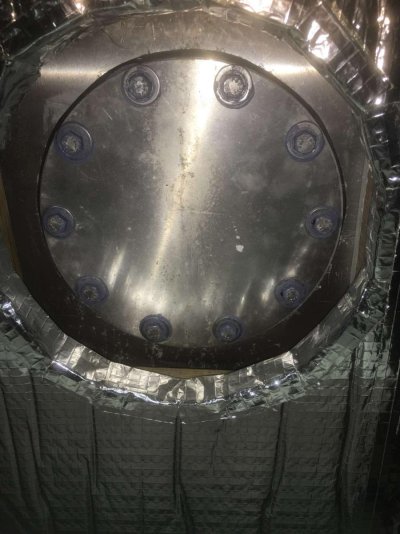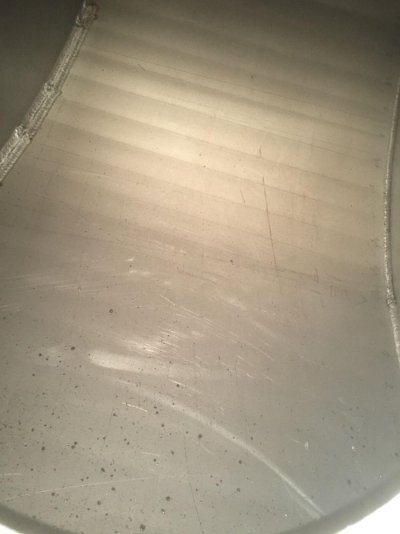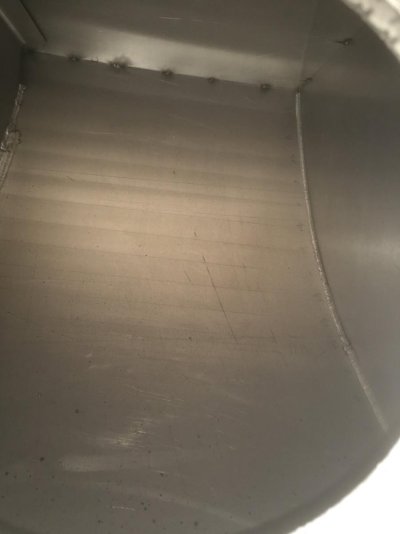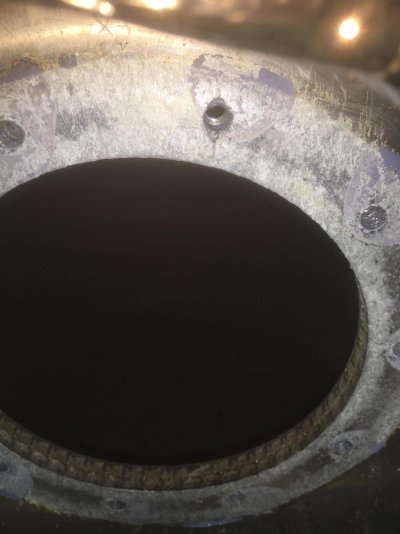JDCAVE
Guru
- Joined
- Apr 3, 2011
- Messages
- 2,906
- Location
- Canada
- Vessel Name
- Phoenix Hunter
- Vessel Make
- Kadey Krogen 42 (1985)
Prior to refuelling this year, I am thinking about transferring my fuel to a single tank and go through the process of opening the inspection ports and cleaning them out. 4 tanks, 2 ports each. I have an ESI fuel polishing system, but it doesn't address the sludge on the bottom of tanks. Any advice on how to proceed? I understand that the absorbent oil pads shed fibres and these should not be used. I'm expecting it to be a messy job. Thoughts? Experiences?
Jim
Jim

